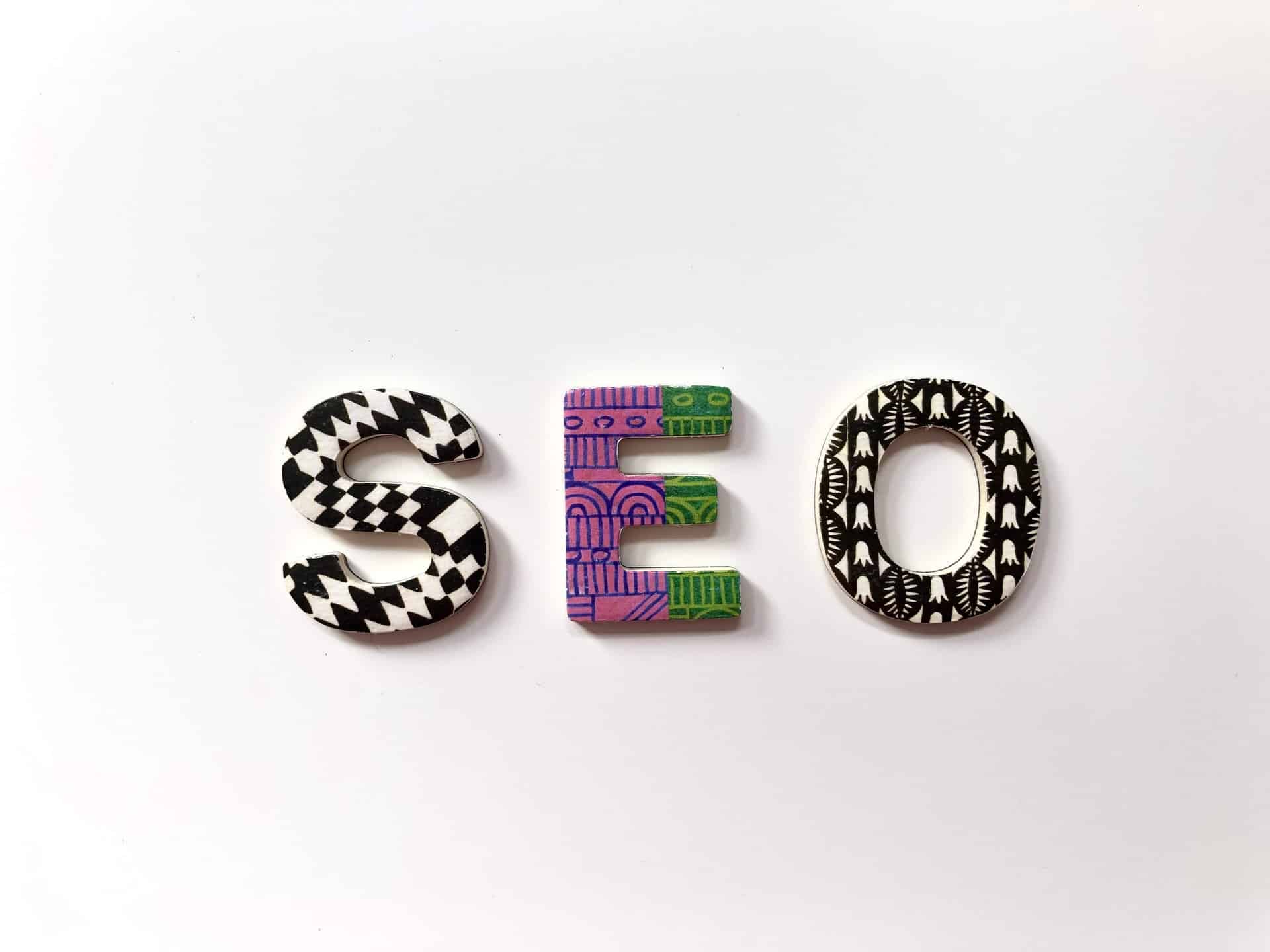Starting a brand is the same thing as starting up a business; a brand is a type of product manufactured or produced by a particular company under a specific name. In this article, we’ll be discussing the reasons why starting your brand requires more than just a logo.
So the first question to ask is ‘What is a logo?’
Logos are symbols with text or pictures that lead us to recognize a brand, they create your customer’s. Some consider logos to be the cornerstone of many brands, which brings tremendous responsibility to a small image. For so long these symbols were seen as the businesses’ opportunity to stand out from the competition, or as a way to identify key information or even build recognition whether it is through imagery, typography, color, or context.
The second question to wonder about is ‘What is a brand?’
A brand is the term that refers to a business and marketing concept that helps people identify a particular company, product, or individual. They provide enormous value to companies, giving them a competitive edge over other companies in the same industry while creating its identity within the marketplace. Having this in mind we can understand that a brand is relevant because it reflects the purpose, vision, values, mission, and strategic goals. Bottom line it mirrors the whys, the whos, the whats. Its personality!
What are the most important differences between a logo and a brand?
A logo is just a graphic design or mark that represents the brand while a brand is the combining of perceptible and imperceptible aspects that represent an organization. A logo will be useless without a strong well-thought brand, while a brand can still exist without a logo, even if it is recommended to have one. A logo will always be a piece of a brand used in visual communication. And brand is everything that represents a business and gives its logo meaning.
“A logo will be useless without a strong well-thought brand . . .”
So why is just a logo not enough to start your brand?
By breaking down these concepts we can see there are clear similarities between both, but we cannot forget that they are so dependent on each other. They have been evolving during times.
Logos, despite having a crucial role when setting up a brand, won’t give strength to its stance by explaining it (of course, it’s not supposed to). In many experts’ opinion, logos will always be empty figures and shapes until you put meaning into them. They are not about who does better in design but which one of them will fixate in peoples’ mind for longer time because, as you know, trends come and go. So why are logos are not enough? The answer is quite simple. Companies are writing a story for the customer to tell about, and there is where brands come in.
“Currently, brands are not just seen or heard, they are experienced.”
With time brands have become an intangible result, a “customer gut feeling” about a product, a service, or a company. It ends up being rational but mostly emotional, heavily implicated by business reputation or the result of the pitch, mission, and purpose. Currently, brands are not just seen or heard, they are experienced. Markets change constantly, so it is incredibly important to focus on brand nurturing, being different, vigilant, and relevant. Organizations need to make sure they keep up! Evidently, the spectrum goes wide from consumers to assets, but it also contemplates individuality and culturalism. A brand used to be just an image. Now it is so much more, contemplating distinctive assets. Such results can be achieved by having a well-structured Brand Strategy.
A Brand Strategy is a process of understanding what your brand represents, why it exists, and how it’s going to position itself in its competitive market. It is a long-term commitment to how your brand is going to serve those who may be interested in your product or service and how it is perceived and valued by them. The items that make up a brand are countless. It’s a system that is built intentionally and delivered in a consistent way. A logo doesn’t hit the target, it only identifies it, rarely describing a business. This is another reason you need more than just a logo, and this could be called a brand identity. Brand identity includes logo, design, color, imagery, and so on.
Design involves the detailed aspect of your brand identity. It is a component that makes a brand stand out among competitors and is recognizable to customers. It reflects your brand perfectly.
Colors have the ability to impact one’s sales or performance even more than one’s product. For you to strengthen your brand awareness, you must be consistent in the use of color. This means, that by using the same colors in your business ventures, you give power to the relationship between your brand and the colors; and this gives room for brand awareness as a whole.
Brand Imagery is the outcome of all visuals that stand as the identity of your brand. Anything you can see, touch, hear or smell is all about the brand’s imagery. This is to make your potential customers have strong feelings about your product. It is used in communicating with the customers.
To this point it can be concluded that owning an image and a logo won’t mean you can own reputation or consumer loyalty, because brands are not owned by brand managers or CEOs, they are owned by the people. So present yourself to them in the right way. Meet Netwired! Our mission is to provide an end-to-end service that will make your brand live to its full potential.
Our services cover all your needs when establishing your brand or making a rebranding. By working with us you can expect:
- 100% open communication, commitment, and clear implementation path for your brand.
- Save time! Focus on getting your business up and running while we focus on your Brand.
- Wide range of services! We are confident that we can cover all your branding needs.
- Results! We create brands that people love and have pleasure dealing with.
- Long-term Partner, for your business and your brand. We praise long-term commitments
Reach out to us, we would love to hear your story and make it be heard! If you found this article interesting, do not forget to share it!



